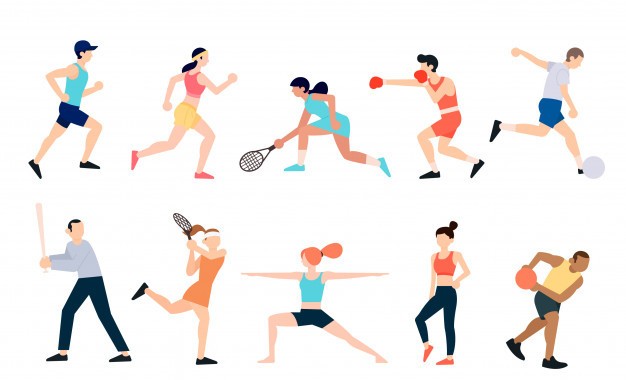
A casual dinner chat with wife led me towards the subject of sports. In India, why are cricket players treated like stars, given 5-star accommodations and high compensations while other sports players are made to stay in filthy living conditions, horrible food, little to no financial compensation and even their low quality track suit stitches start to break over the lightest of exercise? Pondering over this with half a tub of ice cream for company, I began to notice patterns similar to product growth. When you look at ‘Sports’ as a category, ‘Cricket’ as the market leader and ‘Other sports’ like the competition, things start to look familiar. With market research, you notice similar trends in any industry. The market leader is the hottest brand who everyone wants to buy from and every employee wants to work for. On the other hand, other companies fight each other over the remaining market share, skilled employees and customer head space. Can we solve this problem with product design and marketing?

Demand
Most Indians either want to play cricket or will cheer for a team/player. They are personally invested in the outcome of their chosen team or player. The major people invested in the outcome of other sports is the sportsperson, coach and organizer. There seems to be little market demand for sports like hockey, running etc as compared to the category leader.
In Adlerian psychology, all human behaviour is goal oriented . E.g. If you get angry at someone’s mistake, that might be because you wanted to show your anger to punish the person for their mistake. Instead of seeing the situation as the mistake causing anger, you see the anger as something intended to punish the other person for the mistake, a goal oriented behaviour.
Similarly, to solve the chicken and egg problem of whether the popularity of cricket is due to personal interest or if personal interest is because of the popularity, we find comfort in Adler’s theories where we can conclude that human interest in the market leader, in this case people dreaming to be cricketers is largely a goal based objective of achieving social points, financial independence or both.
Building an ecosystem
The market leader incentivizes people who directly or indirectly associate with the product with social points, bragging rights and money. From the very top of the food chain to the bottom rung, the tournament organizers, the advertising companies, the tax department, broadcasting companies and the millions of people that they employ together are all incentivized by this one single product called cricket.
To compete with the market leader, we need to build a parallel ecosystem with similar incentives. Case in point would be Pro Kabaddi League which was started in 2014 and now has garnered enough interest and incentivized enough of the ecosystem that it’s now a part of most of the fantasy gaming platforms along with cricket and a topic for social conversation.
Incentive to build the ecosystem?
The company building the ecosystem would hold the rights and can license them to the highest bidder. It’s a win-win, where new companies can be the leaders and create and dominate the still untapped opportunities in the sports market while creating immense value and wealth.
Olympics [edited]
So the Tokyo Olympics 2021 just completed and India has won it’s first gold medal in athletics. There’s excitement in the air and cash rewards for the winners especially the golden boy of Javelin throw, Neeraj Chopra (who at last count has been rewarded by at least Rs.13 Cr cash rewards by various governments / sport bodies and private companies along with a XUV 700 card by Mahindra).
Bajrang Puniya has won the bronze medal in Wrestling, Ravi Dahiya won silver in Wrestling. The Indian men’s Hockey team won bronze. Lovlina Borgohain won bronze in Boxing. PV Sindhu won bronze in Badminton. Mirabai Chanu won silver in Weight Lifting.
An ecosystem needs to be created. Players need to be encouraged not after they win but while they are preparing for the gruelling competitions. Infrastructure must be improved and while the encouragement was great to see, a far greater amount of investment must be done to nurture the on ground players and not as a marketing / branding expense.
You can further read Understanding market demand during product ideation to learn how to validate your product idea before you even build a MVP (Minimum Viable Product). Impact Analysis is a sure way to keep moving towards a successful product by tweaking and understanding the impact of your feature during each product update.
Featured Image by pikisuperstar on Freepik
Leave a Reply